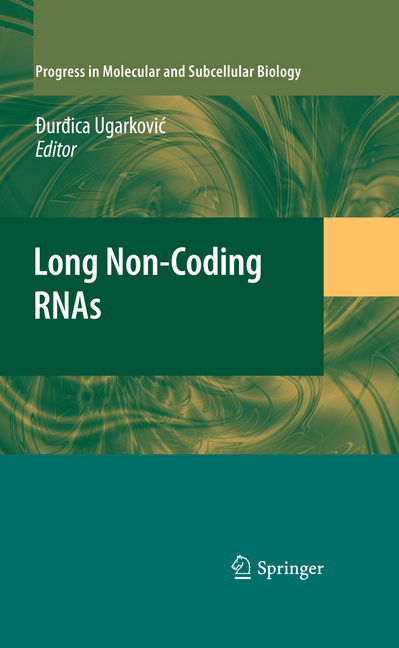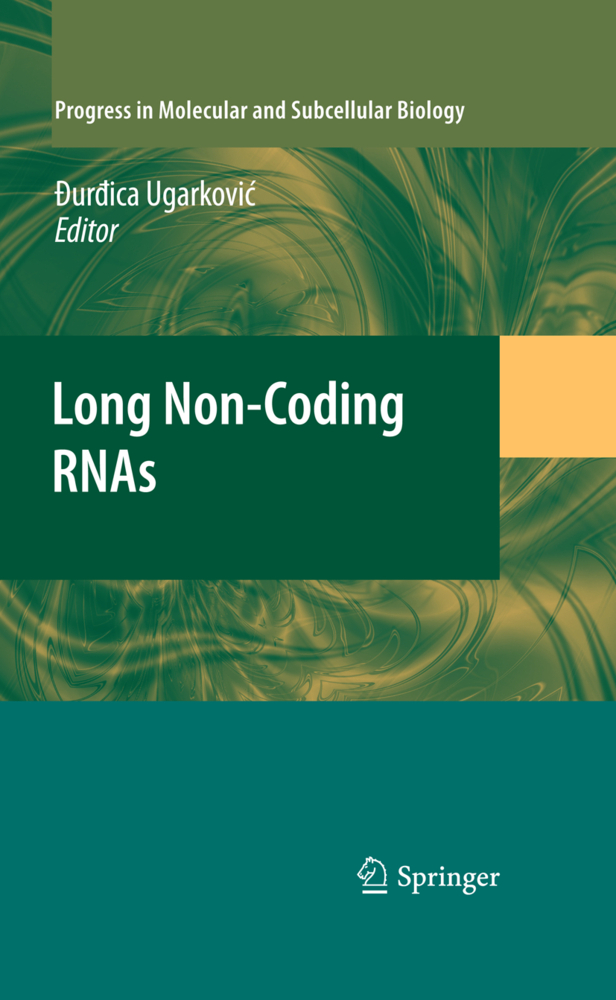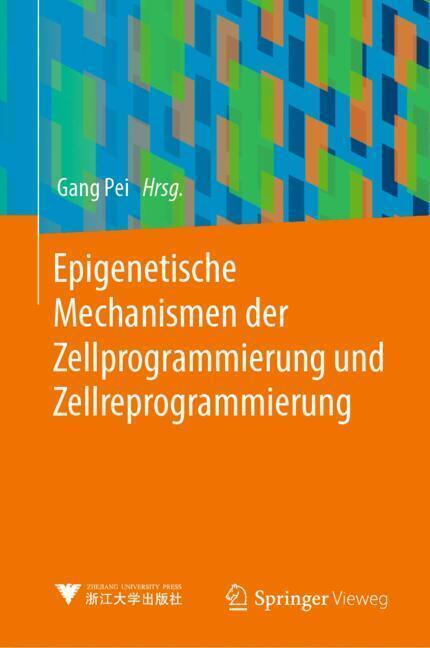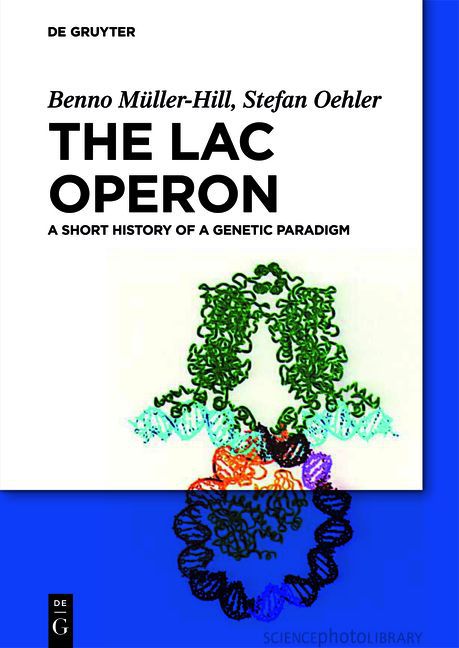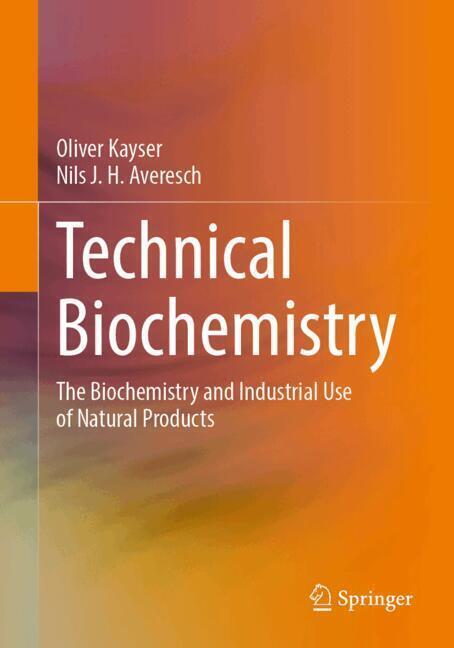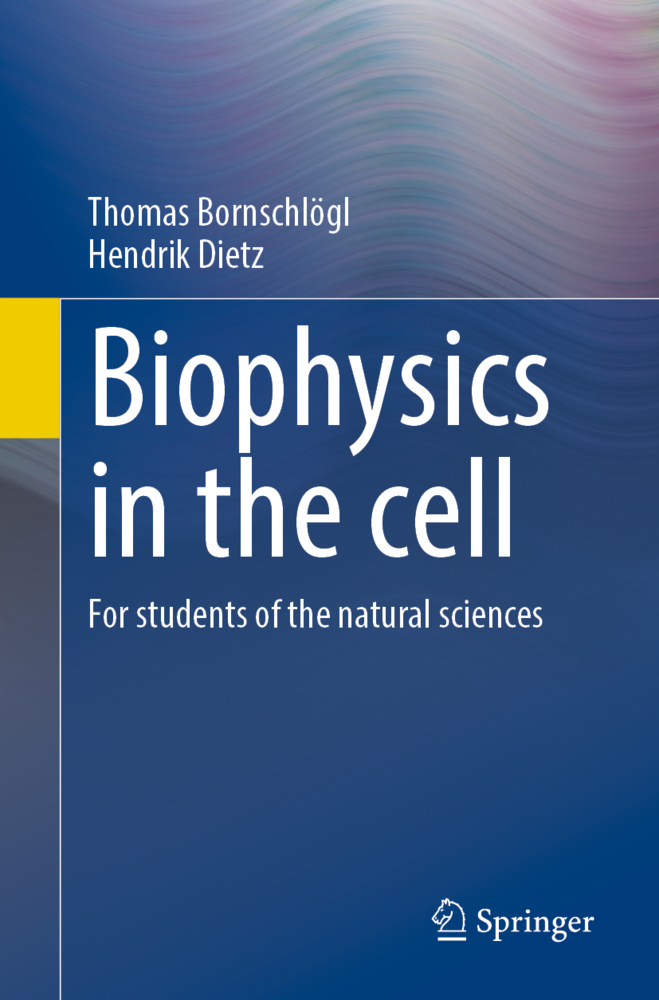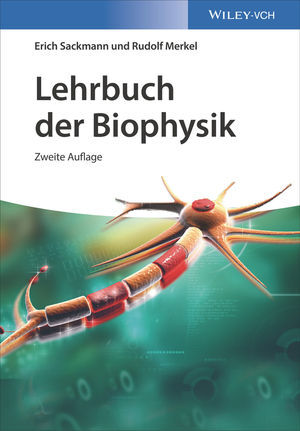Long non-coding RNAs (lncRNAs), tentatively defined as ncRNAs of more than two hundred nucleotides in length, are characterized by the complexity and diversity of their sequences and mechanisms of action. Based on genome-wide studies, more than 3,300 of them exist, but to date only the limited number of functional lncRNAs have been identified and characterized. Nonetheless, lncRNAs have emerged as key molecules involved in the control of transcriptional and posttranscriptional gene regulatory pathways. They take part in the recruitment of chromatin modifying complexes and regulate splicing, localization, stability and translation of the target mRNAs.
This book provides an overview of the rapidly advancing field of long ncRNAs, describing the epigenetic and non-epigenetic mechanisms by which they regulate various biological functions in model systems, from yeast to mammals. The role of ncRNAs in sex chromosome dosage compensation in flies and mammals is described, as well as their role in centromere and telomere biology. Long non-coding RNAs involved in environmental stress response and development are presented and their mechanisms of action discussed.
This book provides an overview of the rapidly advancing field of long ncRNAs, describing the epigenetic and non-epigenetic mechanisms by which they regulate various biological functions in model systems, from yeast to mammals. The role of ncRNAs in sex chromosome dosage compensation in flies and mammals is described, as well as their role in centromere and telomere biology. Long non-coding RNAs involved in environmental stress response and development are presented and their mechanisms of action discussed.
1;Preface;62;Contents;103;Contributors;124;Chapter 1: Transcriptional and Posttranscriptional Programming by Long Noncoding RNAs;144.1;1.1 Introduction;144.2;1.2 Pervasive ncRNA Transcription at Gene Regulatory Regions and the Link to Transcription;174.3;1.3 Transcriptional Silencing by Noncoding Transcription via Transcriptional Interference;204.4;1.4 Heritable Epigenetic Gene Inactivation via Noncoding Transcription;234.5;1.5 LncRNAs Mediate Long-Range Gene Silencing Through the Recruitment of Polycomb Repressor Complexes;244.6;1.6 LncRNA-Mediated Targeting of Activator Complexes in Epigenetic Gene Activation;284.7;1.7 Transcriptional Regulation of Heat Shock Response by lncRNAs;304.8;1.8 LncRNAs Regulate Transcription by Modulating Protein Activity;314.9;1.9 LncRNAs Regulates mRNA Splicing, Stability, and Translation;324.10;1.10 Conclusions and Future Perspectives;334.11;References;345;Chapter 2: Long Noncoding RNA as a Regulator for Transcription;415.1;2.1 Introduction;415.2;2.2 Long ncRNAs;425.2.1;2.2.1 Length of Long ncRNAs;425.2.2;2.2.2 Single- or Double-Stranded Long ncRNAs;435.2.3;2.2.3 Subcellular Localization;435.2.4;2.2.4 Transcription of Long ncRNAs;435.3;2.3 Long ncRNAs Regulate Transcription;445.3.1;2.3.1 Transcriptional Regulation Through Targeting Basic Transcription Factors and RNA Polymerase II by Long ncRNAs;445.3.1.1;2.3.1.1 Alu RNA;445.3.1.2;2.3.1.2 Dehydrofolate Reductase ncRNA;445.3.2;2.3.2 Transcriptional Regulation Through Histone Modification by the Long ncRNAs;455.3.2.1;2.3.2.1 Steroid Receptor RNA Activator;455.3.2.2;2.3.2.2 Embryonic Ventral Forebrain-2;465.3.2.3;2.3.2.3 HOX Antisense Intergenic RNA;475.3.2.4;2.3.2.4 Cyclin D1;475.3.3;2.3.3 DNA Methylation;475.3.3.1;2.3.3.1 P15AS;485.3.3.2;2.3.3.2 Khps1;485.4;2.4 ncRNAs as a Sensor for Cellular Signals;485.5;2.5 Mechanisms of Transcriptions of Long ncRNAs;495.6;2.6 Perspectives;505.7;References;516;Chapter 3: Long Noncoding RNAs and X Chromosome Inactivation;546.1;3.1 Introduction;546.2;3.2 Cis-Regulatory Factors in XCI;566.3;3.3 Xist Versus Tsix;586.4;3.4 Trans-Regulatory Factors and Initiation of XCI;606.5;3.5 Establishment of the Inactive X;616.6;3.6 Xist Spreading, Xi Organization, and Nuclear Organization;646.7;3.7 Other Functional ncRNAs;666.8;3.8 Conclusion;676.9;References;687;Chapter 4: TERRA: Long Noncoding RNA at Eukaryotic Telomeres;767.1;4.1 Eukaryotic Telomeres;767.1.1;4.1.1 Saccharomyces cerevisiae Telomeres;777.1.2;4.1.2 Schizosaccharomyces pombe Telomeres;817.1.3;4.1.3 Plant Telomeres;827.1.4;4.1.4 Drosophila melanogaster Telomeres;837.1.5;4.1.5 Mammalian Telomeres;847.2;4.2 TERRA: TElomeric Repeat-Containing RNA;877.2.1;4.2.1 TERRA Discovery and Biogenesis;877.2.2;4.2.2 TERRA Localization;897.2.3;4.2.3 TERRA and Interaction with Proteins;917.2.4;4.2.4 Regulation of TERRA Levels;927.2.5;4.2.5 TERRA-Associated Functions;967.3;4.3 Conclusions and Future Directions;977.4;References;988;Chapter 5: Transcription of Satellite DNAs in Mammals;1068.1;5.1 Introduction;1068.2;5.2 General Organization of Centromeric and Pericentric Regions in Mouse and Human Chromosomes;1078.2.1;5.2.1 Mouse Chromosomes;1088.2.2;5.2.2 Human Chromosomes;1098.3;5.3 Expression of Centromeric and Pericentric Sequences in Cell Lines and Tissues;1098.3.1;5.3.1 Development and Cell Differentiation;1128.3.2;5.3.2 Response to Environmental Stimuli;1128.3.3;5.3.3 Regulation During the Cell Cycle;1138.4;5.4 Molecular Mechanisms Underlying Expression of CT and PCT Sequences;1158.4.1;5.4.1 Transcription Factors;1158.4.2;5.4.2 Epigenetic Regulation;1168.4.2.1;5.4.2.1 DNA Methylation;1168.4.2.2;5.4.2.2 Histone Modifications;1178.5;5.5 Role of Pericentric and Centromeric Functions;1208.5.1;5.5.1 Structural Components of Pericentric and Centromeric Structure and Function;1208.5.2;5.5.2 Position Effect;1238.5.3;5.5.3 Sequestration of Transcription and Splicing Factors;1238.5.4;5.5.4 Stabilization
Ugarkovic, Durdica
| ISBN | 9783642165023 |
|---|---|
| Artikelnummer | 9783642165023 |
| Medientyp | E-Book - PDF |
| Auflage | 2. Aufl. |
| Copyrightjahr | 2011 |
| Verlag | Springer-Verlag |
| Umfang | 208 Seiten |
| Sprache | Englisch |
| Kopierschutz | Digitales Wasserzeichen |

